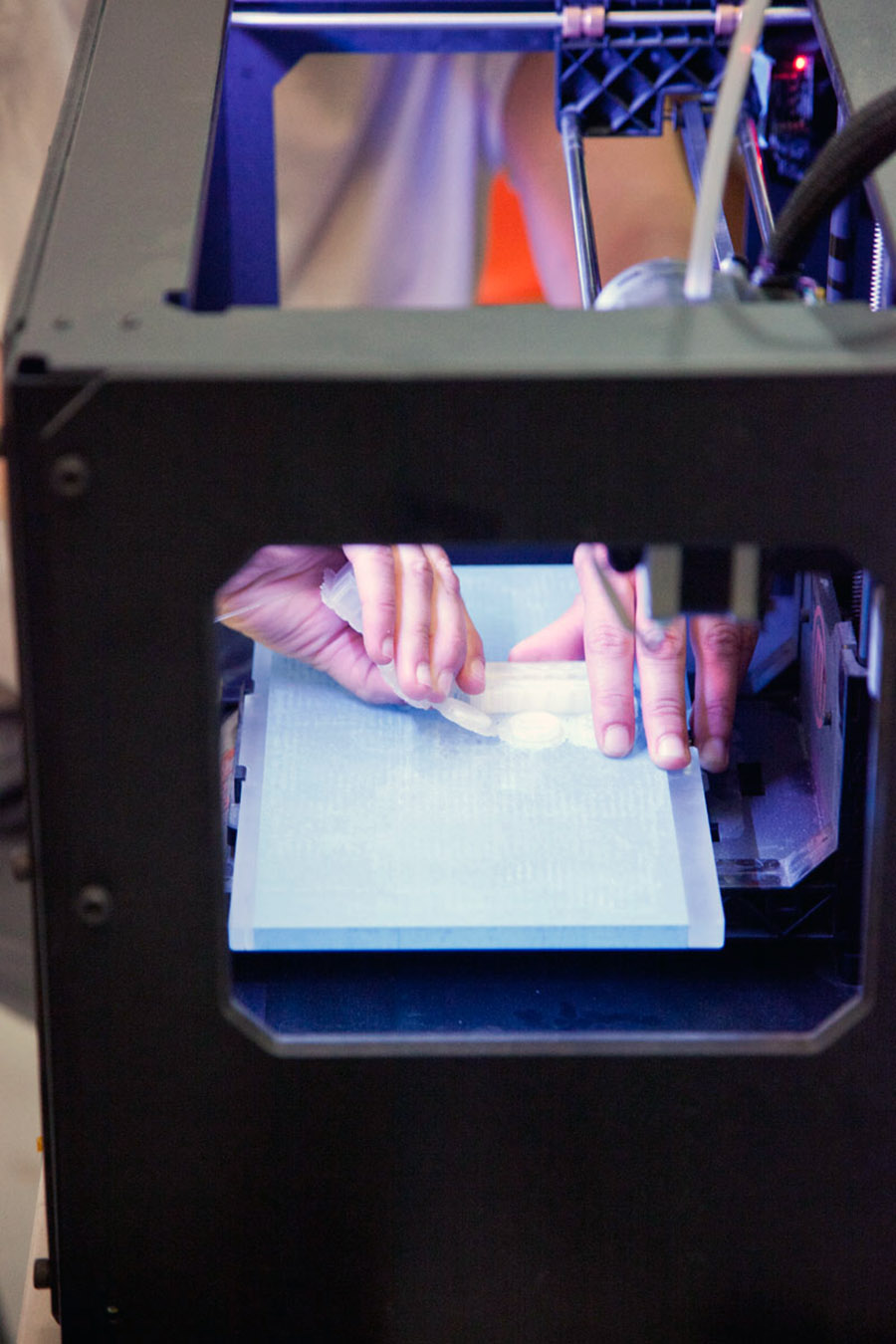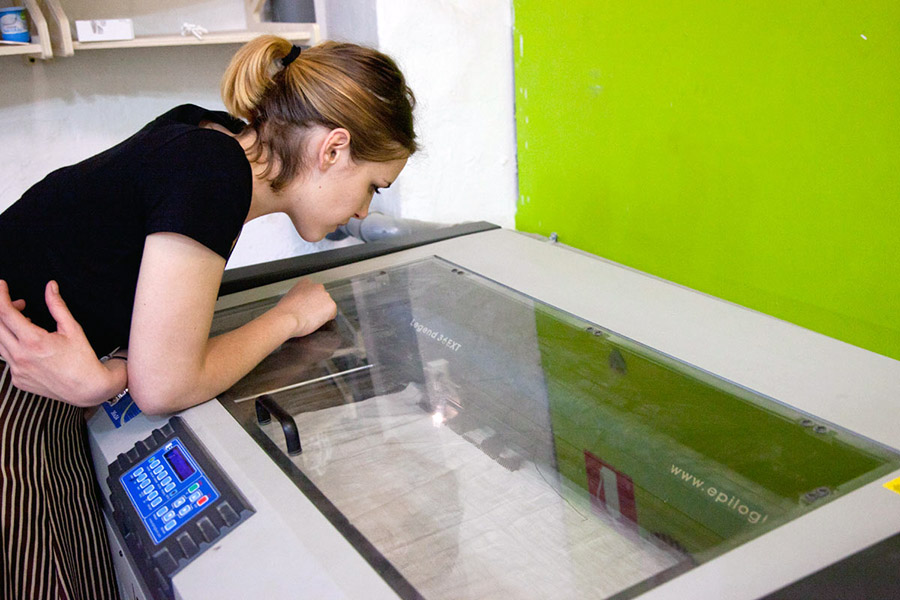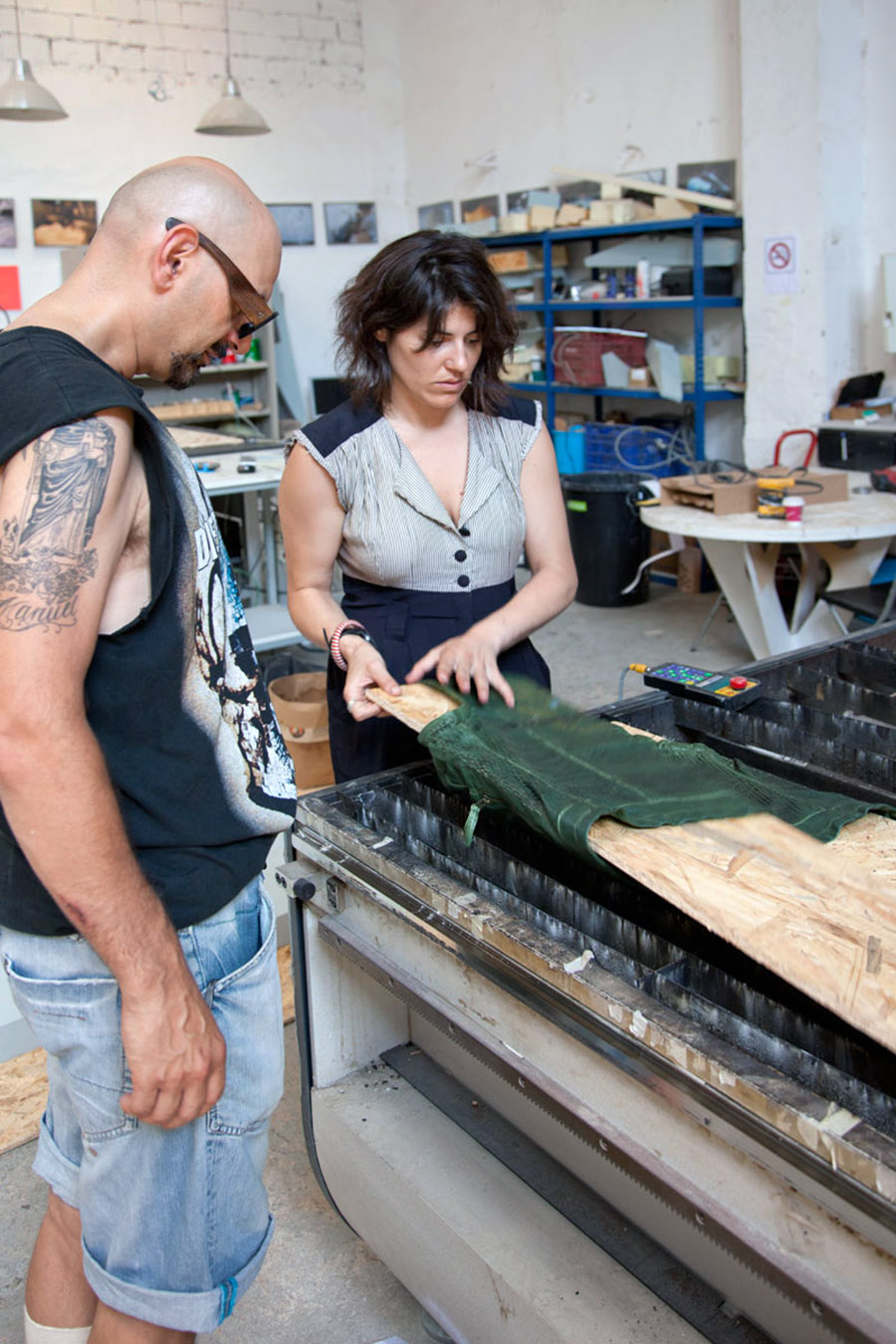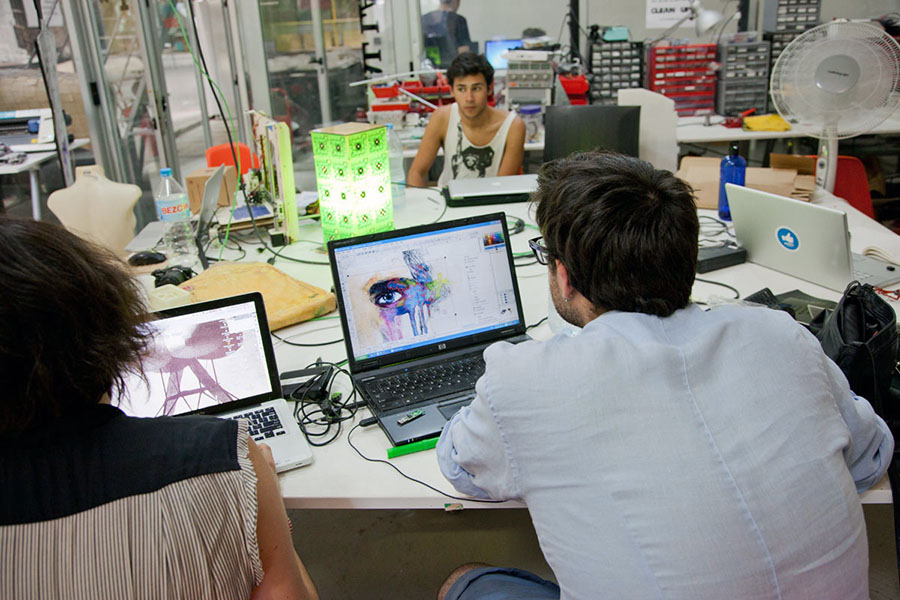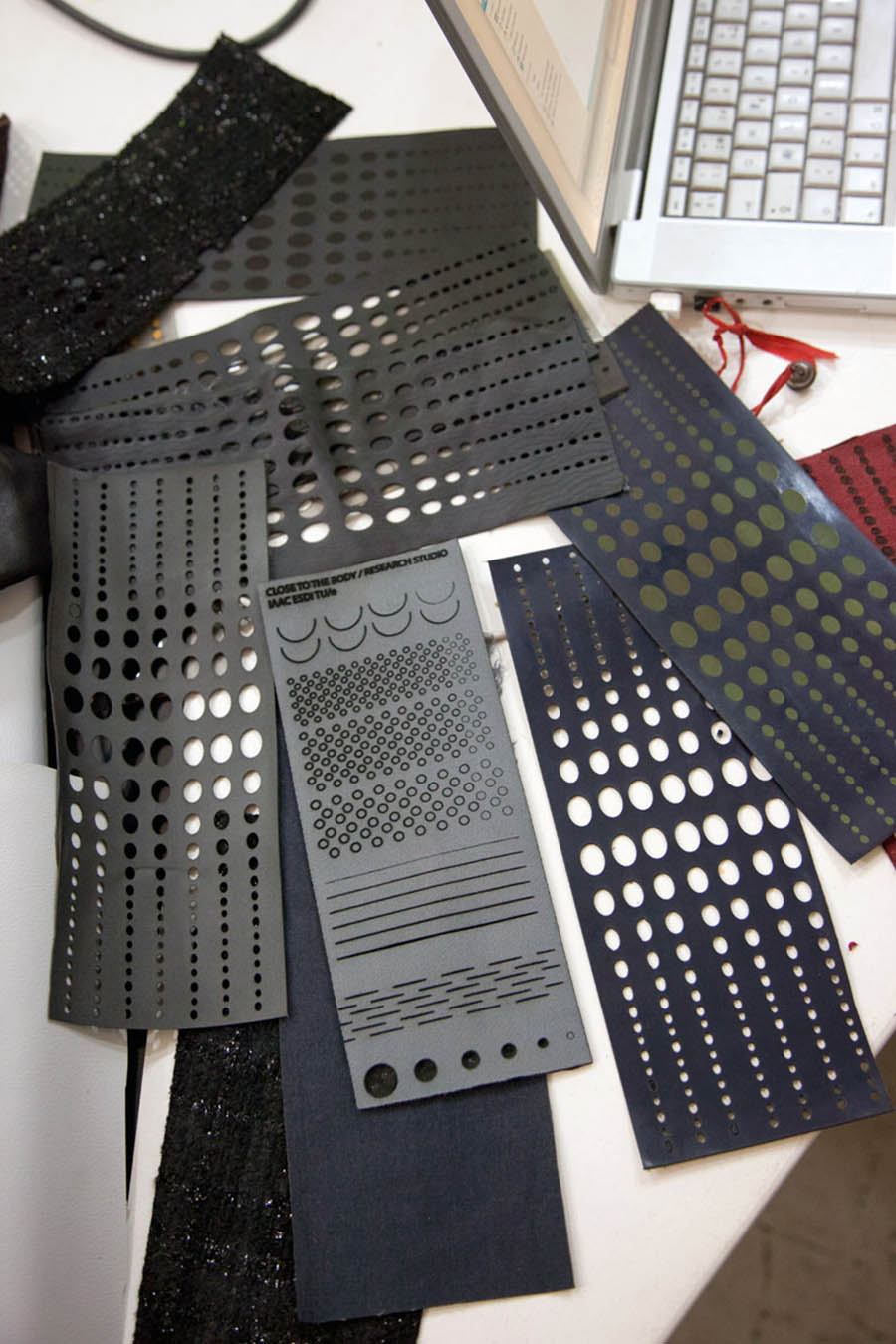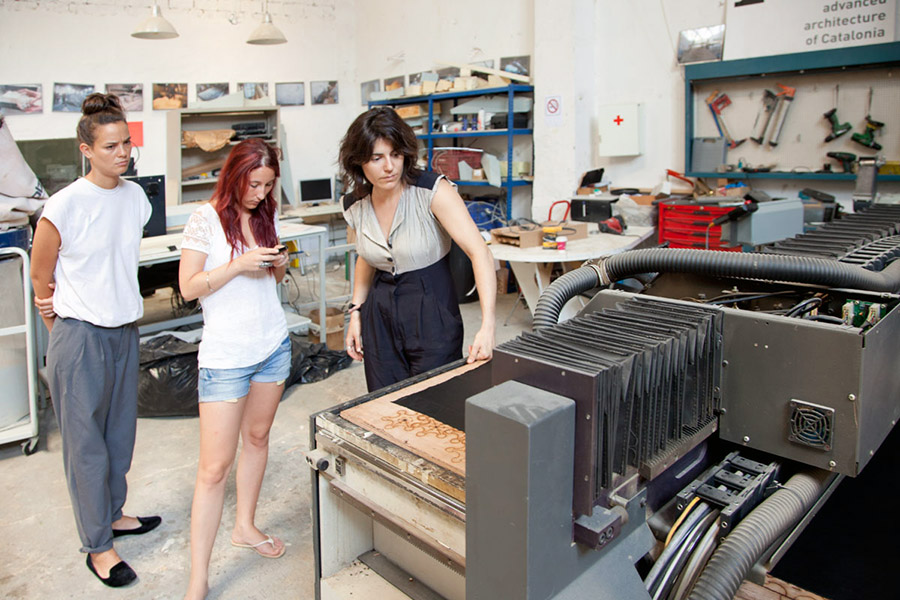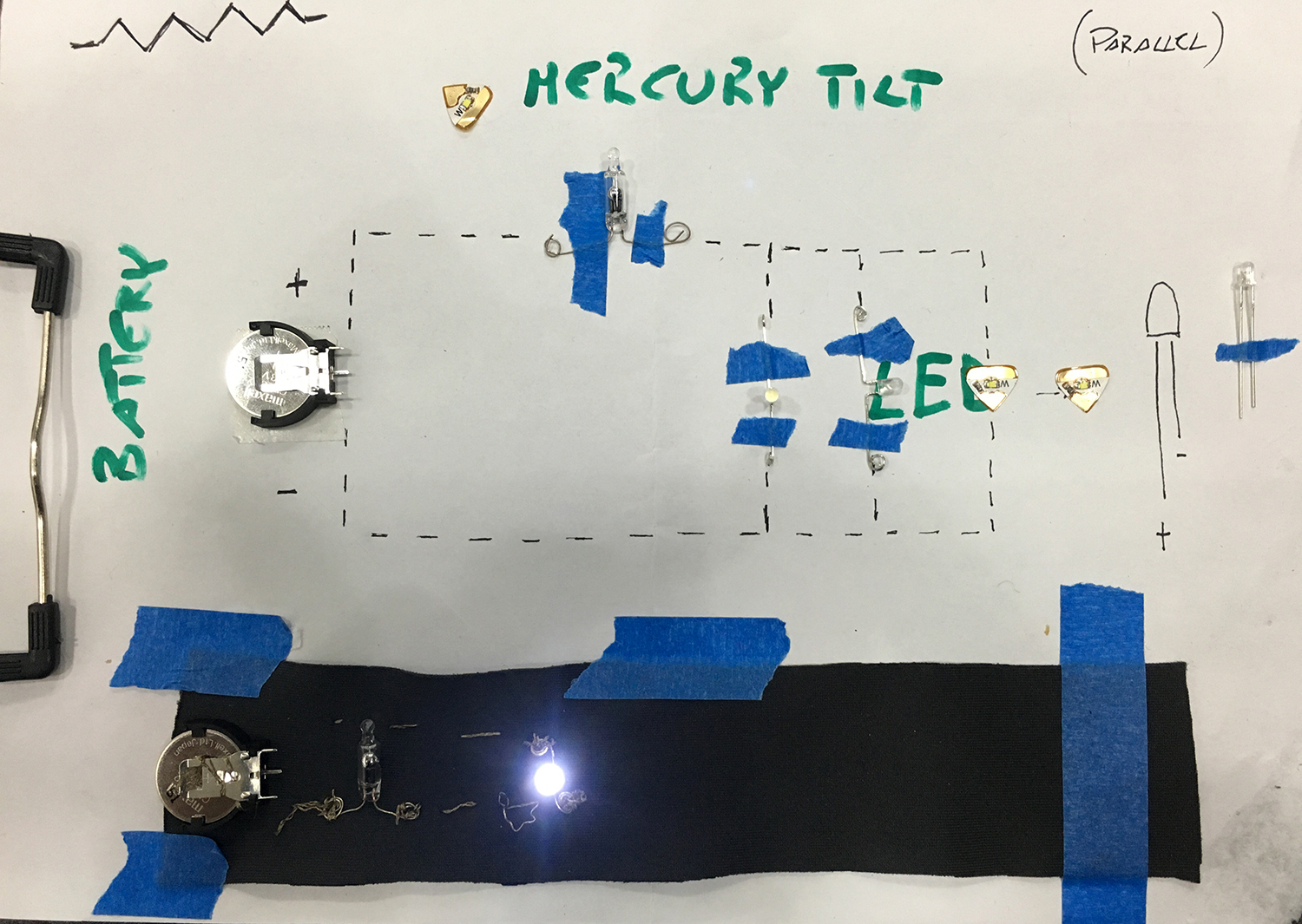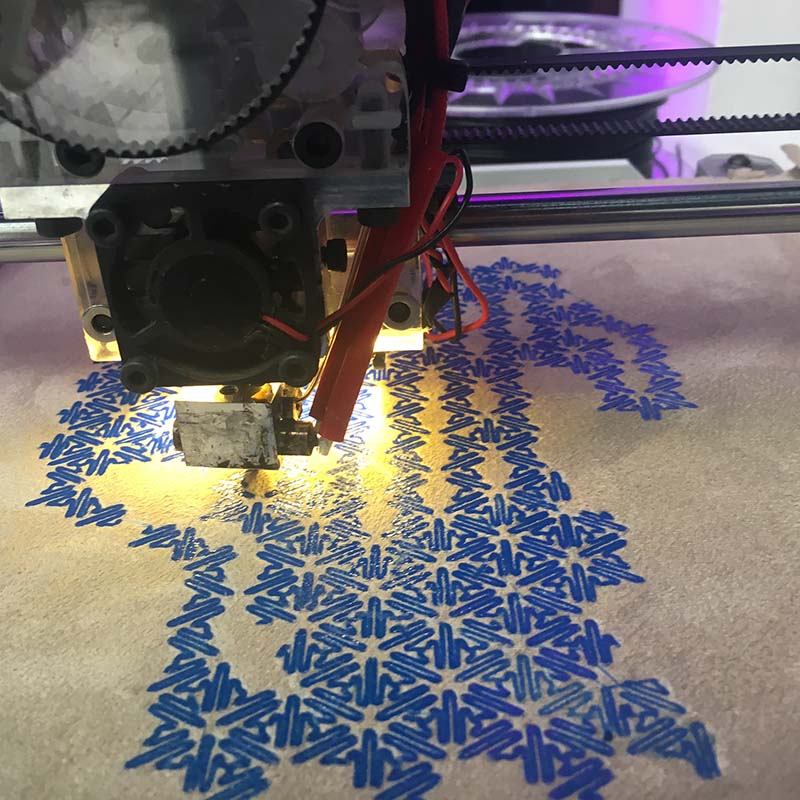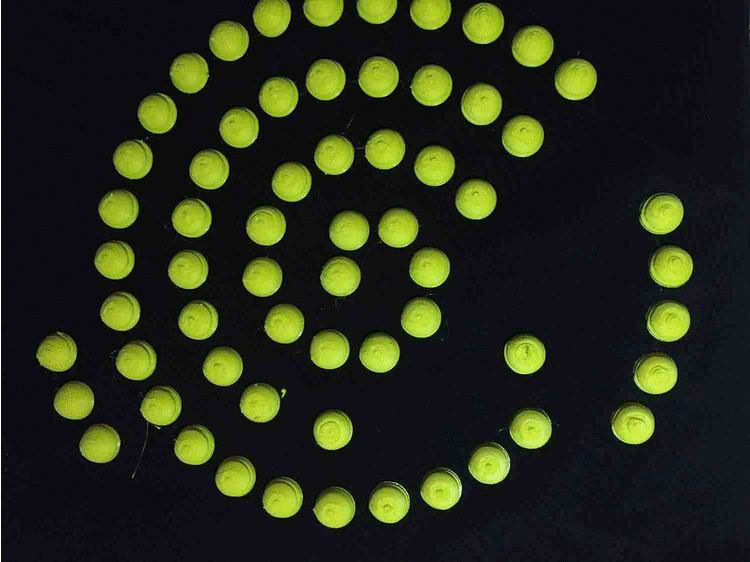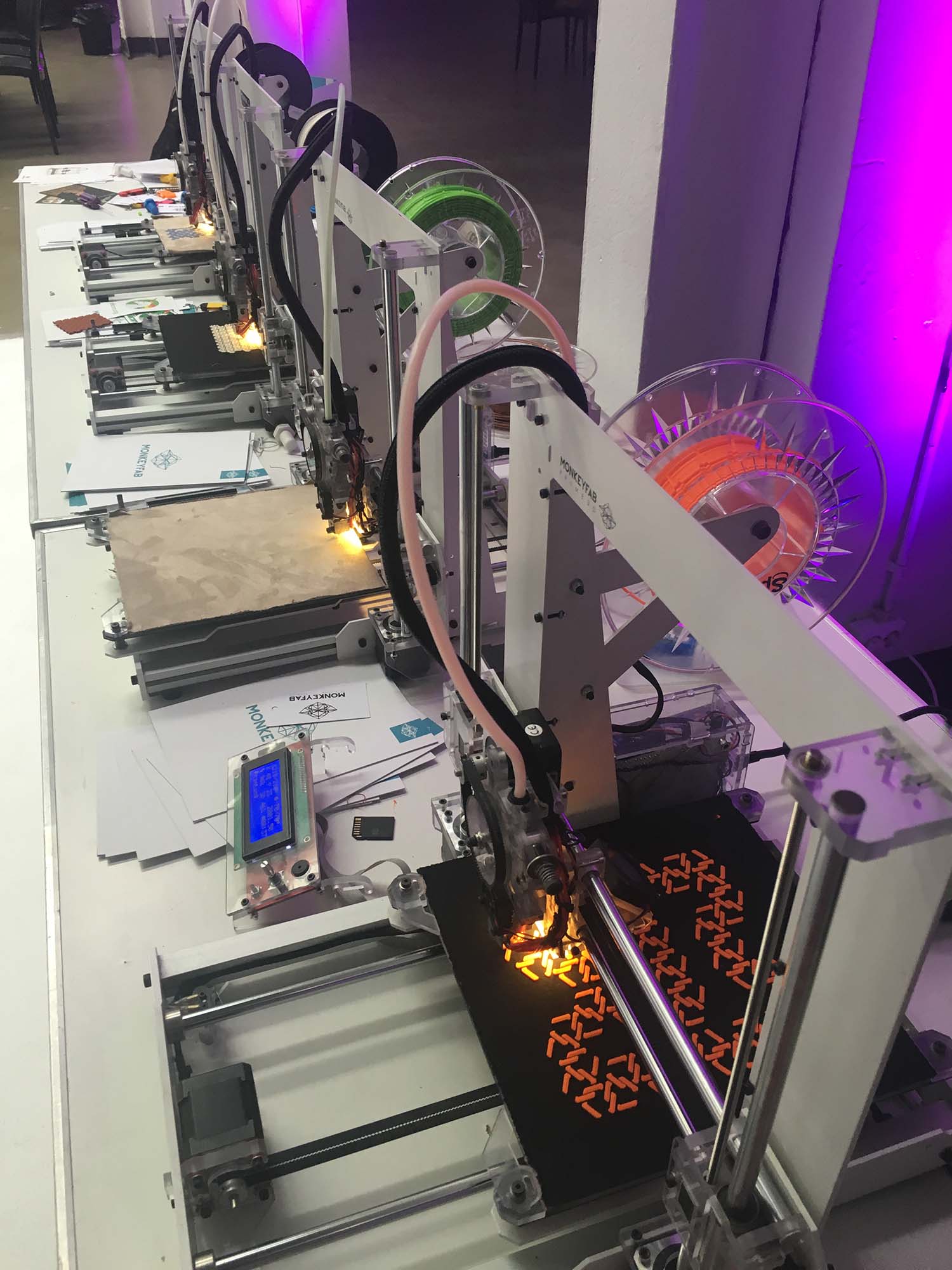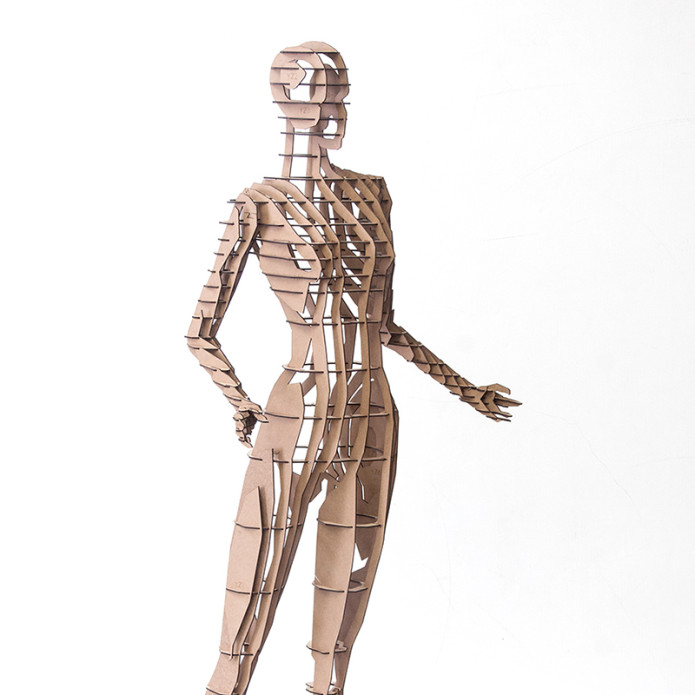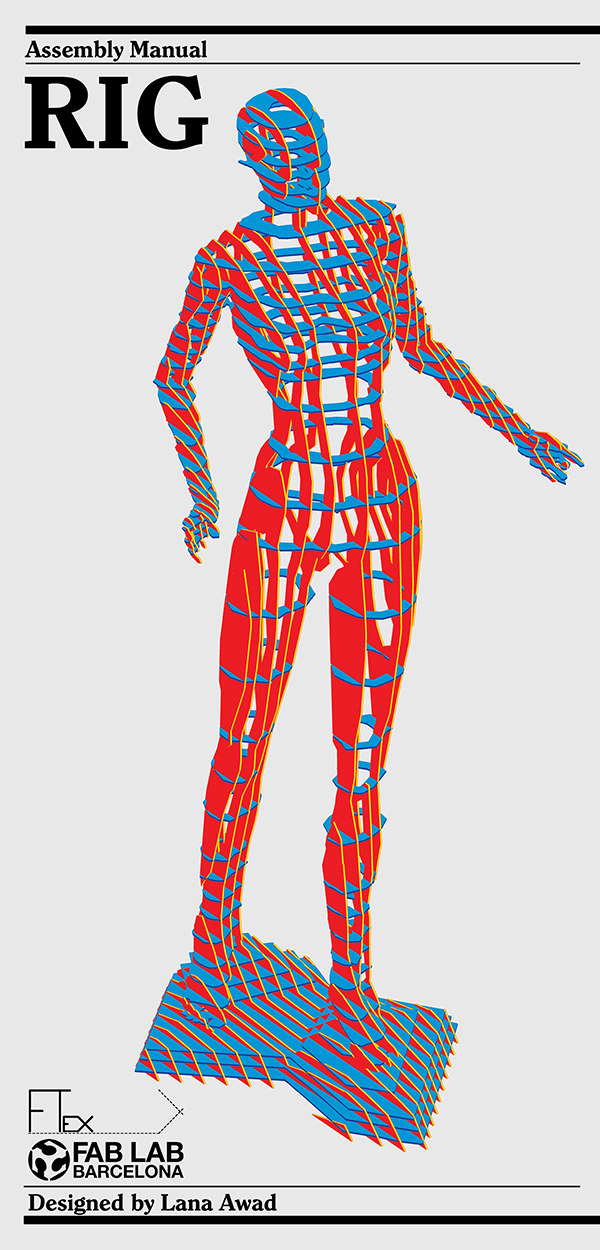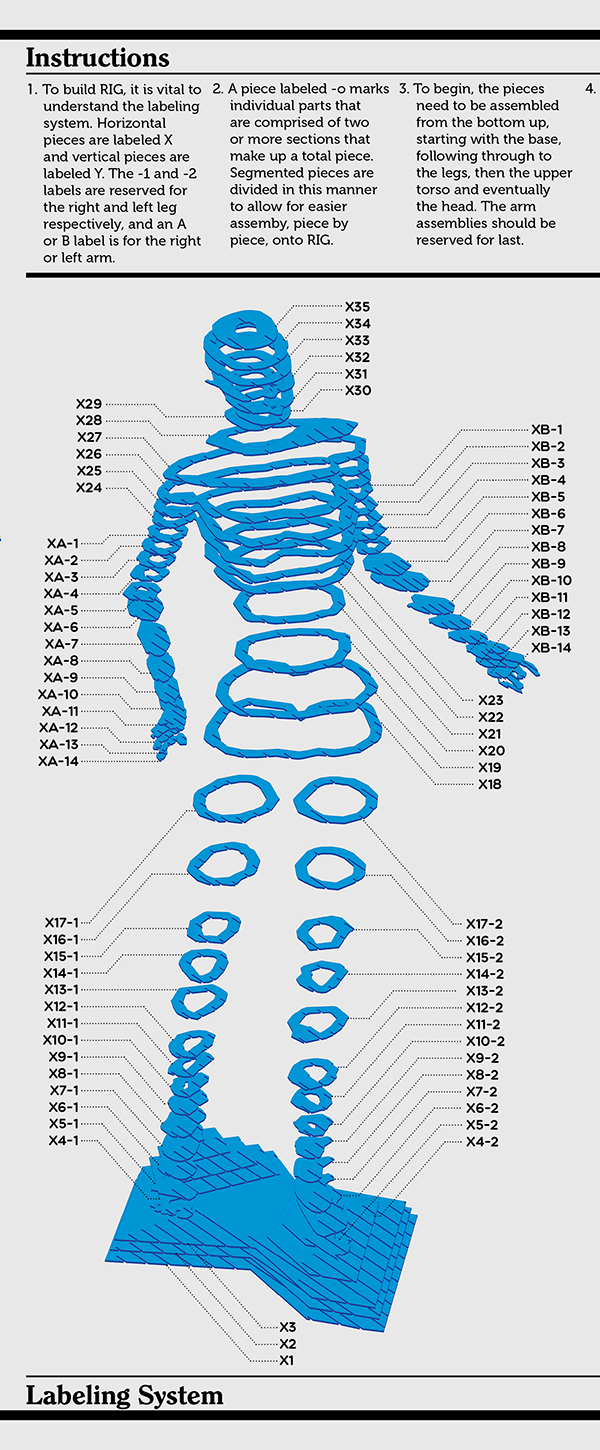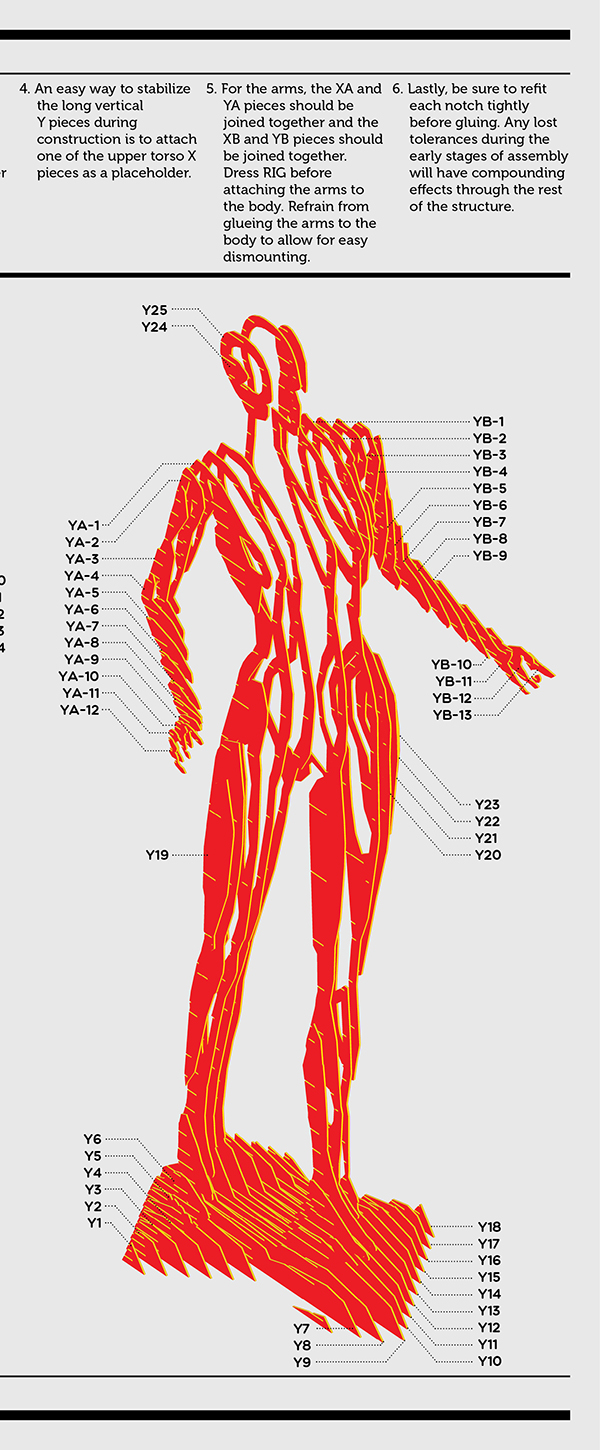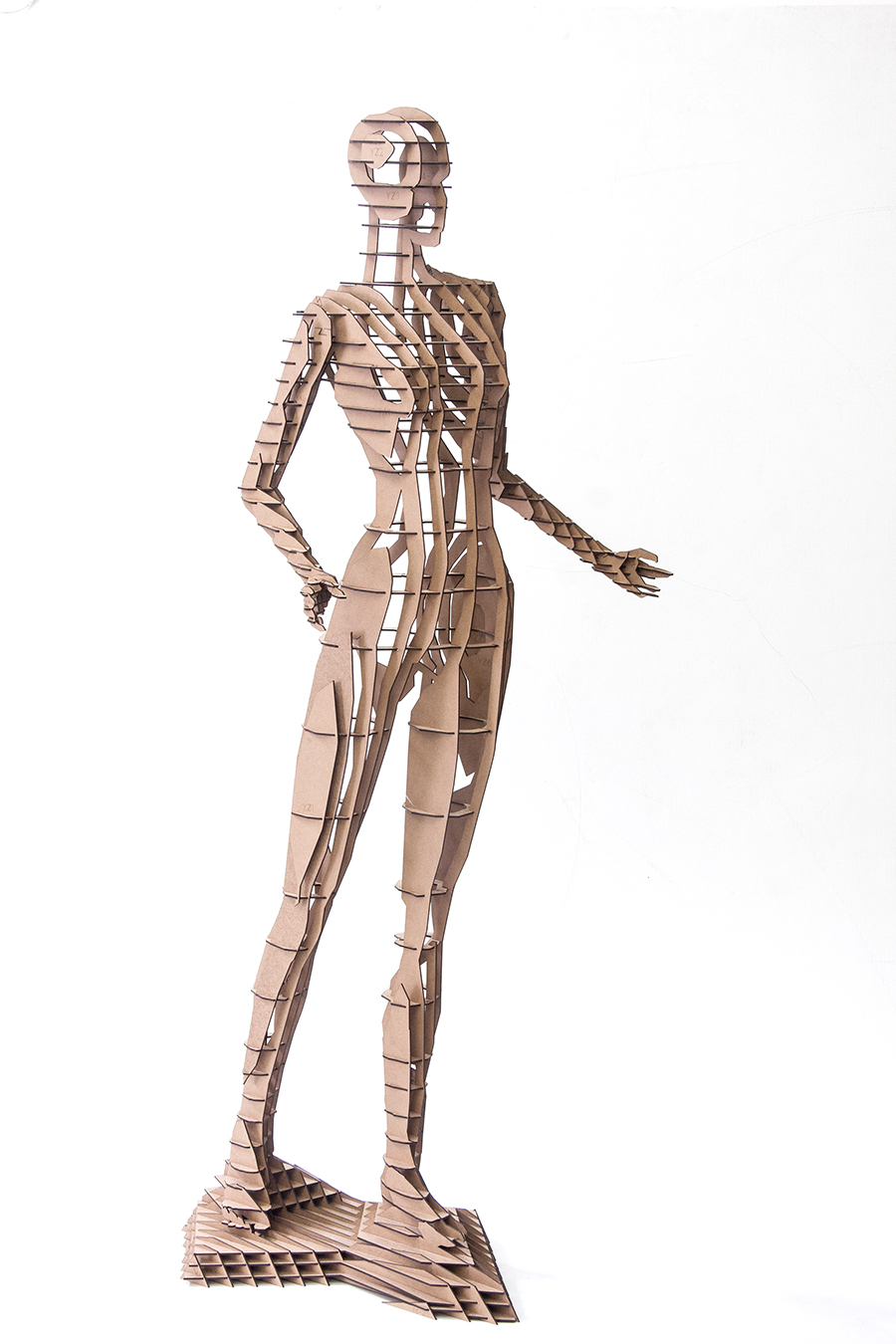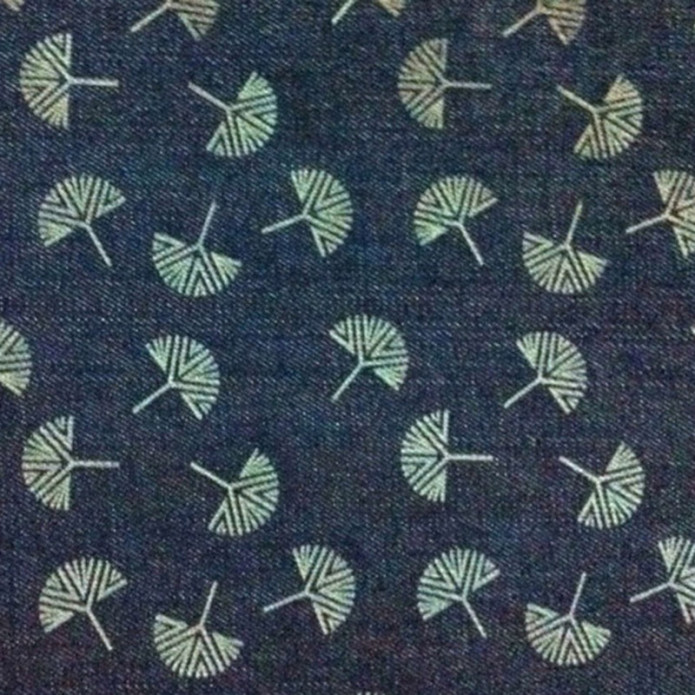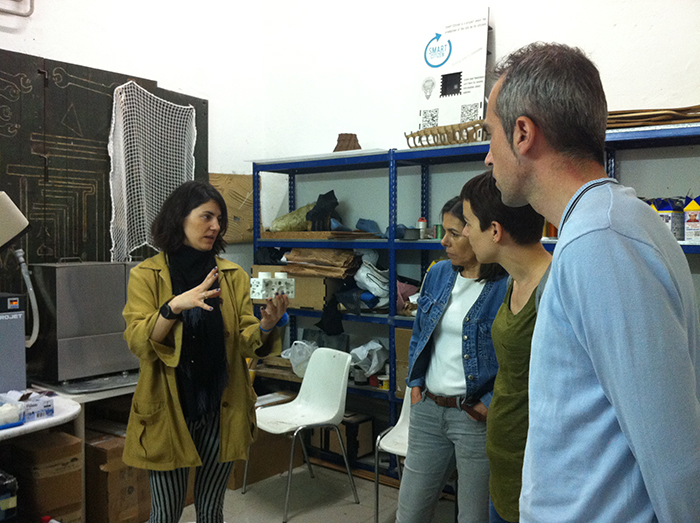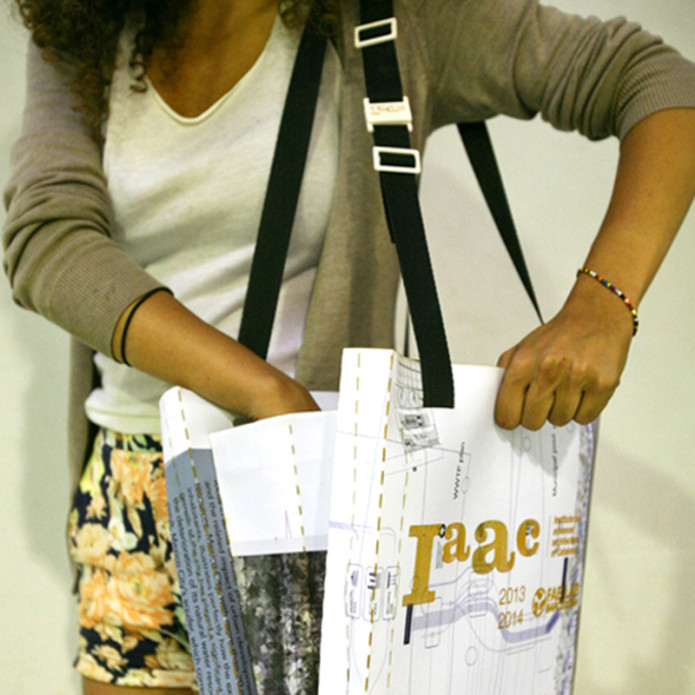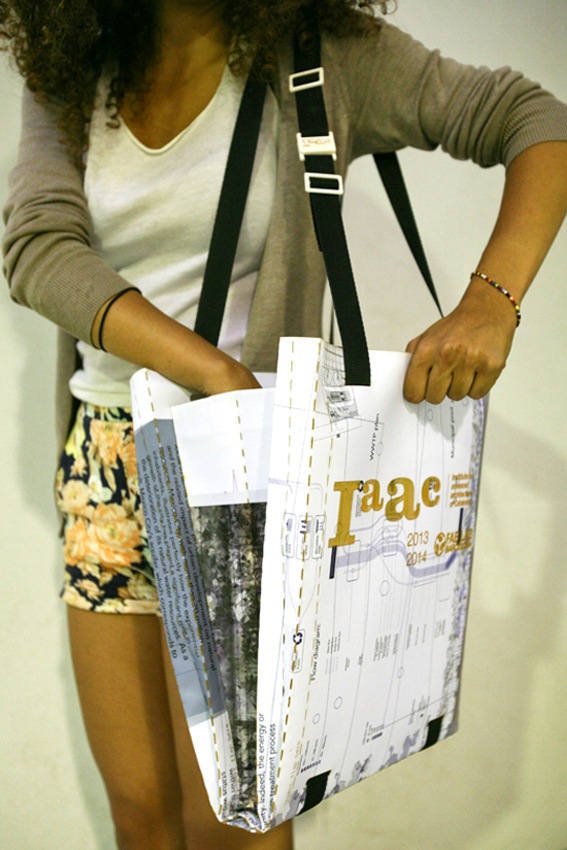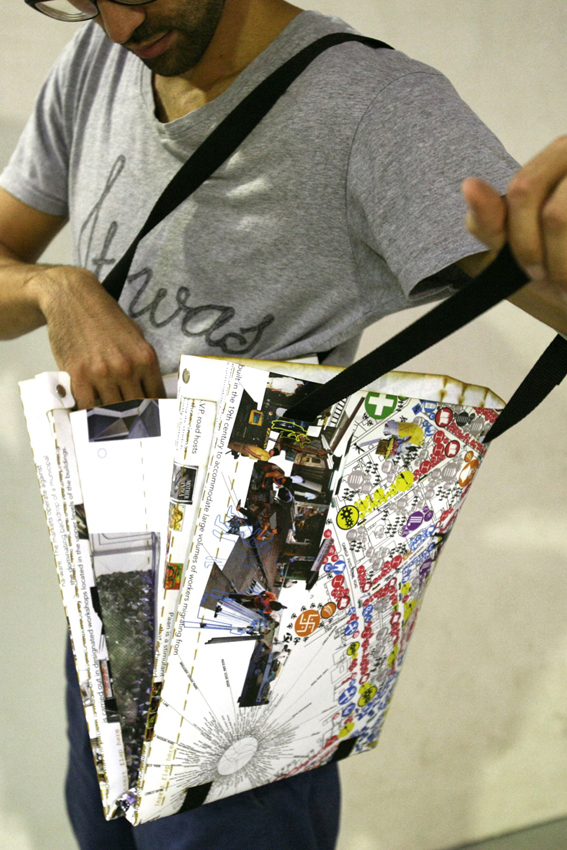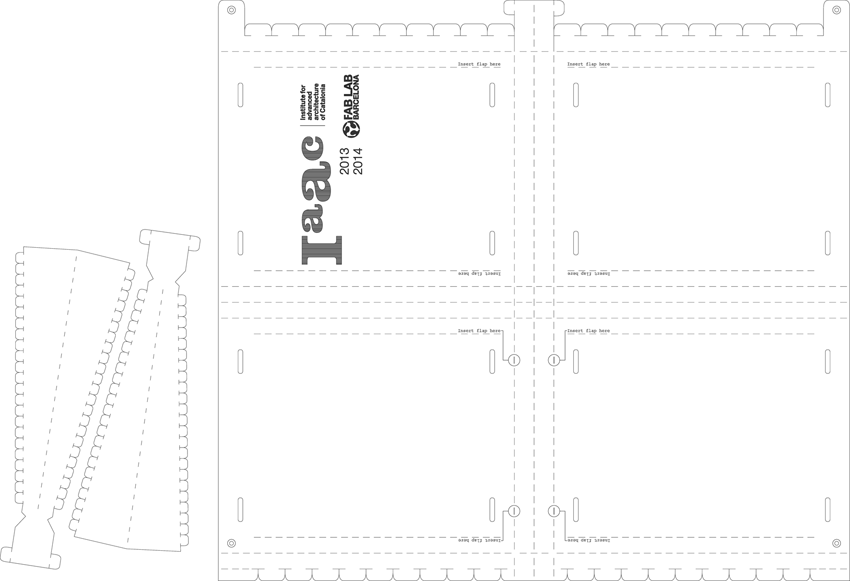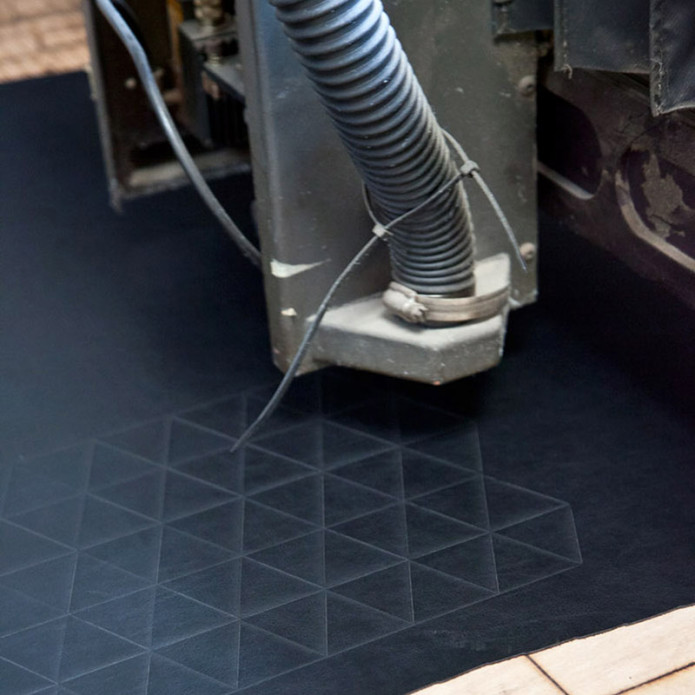This tutorial gives an insight into the correct choice for fabric and appropriate 3D geometries that give properties to the soft structure.
3d printing
Fab Textiles Bootcamp
This tutorial gives an insight into the correct choice for fabric and appropriate 3D geometries that give properties to the soft structure.
3D PRINT ON FABRIC @MCE3 conference
This is a quick tutorial to make your 3D printing on fabrics.
This samples have been realised during the workshop at MCE3 conference in Warsaw. That shows you how 3D printing with rubber filament adheres on textiles and what kind of geometries you can try to print. The 3d printers are from Monkeyfab, that supported the workshop during the conference.
Computational Couture @Beyond
Last May 19th to 22nd, in the context of the International Construction faire Construmat and within the Pavilion of Innovation, IaaC|Fab Lab Barcelona runned the Computational Couture workshop.
The Computational Couture workshop focused on expanding the horizons of dress making towards an algorithmic approach, and taking design beyond the physical functions of the body (movement, protection, temperature regulation) towards the evolution of cultural expression.During the workshop participants coming from different backgrounds had the possibility to work in a multidisciplinary context to co create this custom fitted clothing that brings together computation, fashion design and digital fabrication.
Computational couture looks at the creation of exclusive custom-fitted clothing (typical of haute couture) through the lens of a systemic approach, extending the sartorial techniques with 3D modeling and computation-based approaches developed in Rhinoceros and the visual programming environment Grasshopper.Aim of the workshop is to exert, infuse and expand the sartorial sensibilities to body proportions and dress making into an algorithmic approach that loops through design and fabrication by means of laser cutting and 3d printing for the design and production of a garment.
Tutors> Alessio Erioli, Anastasia Pistofidou, Lidija Stanojcic
RIG mannequin
RIG is a digitally processed and fabricated mannequin designed for ¨Fab-Textiles Showcase¨ during the Fab10 international conference in Barcelona.
The design for RIG is an exploration into the creative potential of mannequins as tools for exhibiting and work with. RIG is a manifestation on how tools should be rethought, redesigned, and reimagined. As one walks around the waffle structure, the perspective of three-dimensionality makes the volume of the RIG appear and disappear. From the side, the physical representation of the human body is defined, yet as the visitor moves towards the front of the mannequin, the body slowly disappears, allowing the clothing to properly showcase itself.
For the digital design process, the software 123d Make was used to generate the waffle structure, where you can find all the files. Each section of the mannequin required a different waffle density depending on the structural requirements and resolution of detail required. These varying strategies were applied to the right arm, the left arm, the torso and the base and then compiled into Rhino to adjust the overlapping conditions. In total, 15 mannequins were produced with each RIG consisting of 184 unique pieces lasercut out of 3mm MDF.
Credits: Fab Lab Barcelona
Design: Lana Awad
Fabrication: Lana Awad, Drew Carson, Anastasia Pistofidou
Special thanks to: Carmen/Ece/Andrea/Sebastian/
Photography credits: Thiago Kunz
Fab Textiles V5
Fab Textiles V5: Redefining pattern making and traditional seam joinery
Participants to this edition of the Fab textiles workshop were introduced to digital modelling techniques that allowed them to develop designs in Rhino and fabricate personally customised clothing using the technology provided at the lab.
The first assignment was to transform an image using Grasshopper into complex geometry using a series of data manipulations based on colour information.
Once participants had a basic understanding of digital model and manipulation techniques, they learned methods to digitally design and produce individually designed clothing. First, a mannequin was scanned using Kinect and imported into Rhino. Participants then collectively decided on the design of the garment by physically projecting lines onto the body. These lines were then imported into rhino and digitally projected onto the mannequin. These lines delineated the components that would then be laser cut from textiles and assembled as a kit of parts.
Using this process, participants have learned how to fully develop their textile based projects digitally from the design project, all the way through to development and fabrication.
Introduction to the Fab Lab Machinery
Fabrication of Textile Patterns
Rastered Textiles with Patterns
Kinect scanning of the Mannequin
Video of Digital Production:
Fab Textiles V5 from Fab Lab Barcelona on Vimeo.
Lab Bag
This project was conceived as a way to recycle previously used material into newly designed laptop bags. The material was provided from old canvas boards used for the My Very Own City (MVOC) exhibition that were designed and fabricated in the Fab Lab back in 2012.
The concept of the design was driven by the idea of creating a bag without using conventional sewing methods and instead rely only on digitally fabricated methods.
This collection is limited to 90 individual pieces that each have their own unique character and design and implement laser cutting as well as 3D printing techniques
Each bag has the ability to be folded in either of two ways and an instruction kit was made in order to allow the user to fold and wear the bag as they please.
Option 01.
Option 02.
Download the open-source fabrication file here: LabBag
Summer workshop with Fashion students of BAU, School of Design
During the summer workshops, fashion students of BAU, School of Design made a workshop of digital fabrication technologies applied in fashion.Students were introduced to laser cutting patterns, laser cutting existing clothes, 3D printing and digital embroidery.Digital fabrication opens different possibilities in Fashion education, production and consumption.
The students during the workshop were introduced to the maker culture and technologies available in the context of the Fab Lab Barcelona in order to understand the possibilities of digital creation and learning by doing methods in fashion.


